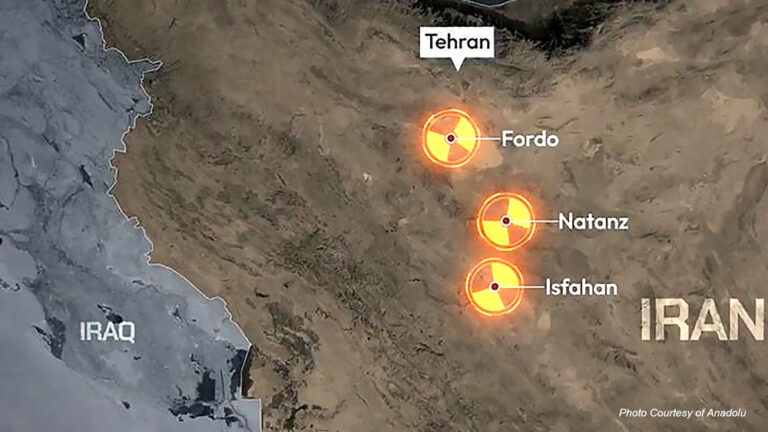He was a young boy of about 10 who died in the rugged hills of what is now the southern Italian region of Calabria.
The cause of his death is not known. However, the elaborate decorations of seashells and ochre designs found around his carefully laid body show he was loved and mourned.
Now, 17,000 years later, the boy’s remains are allowing scientists not only to make 3D virtual and plastic recreations of a young prehistoric human brain, but also to gain a better understanding of everything from what our late-paleolithic human ancestors ate to the progression of human speech.
“He’s a one-of-the-kind in that there are no other samples from the same period that are in such perfect condition,” Fabio Macciardi, a neuroscientist with the University of California Irvine, says of the boy whose remains have been dubbed Romito 9 by scientists.
Archeologist Fabio Martini of the University of Florence discovered Romito 9 in 2011 during a dig in La Grotta di Romito. The cave, used by homo sapiens between 23,000 and 10,000 years ago, has provided a treasure trove of graves, drawings and artifacts from life in Italy before the agricultural revolution.
The remains of eight other hunter-gatherers from the same cave were found before Romito 9, though the others died 5,000 years after the boy, between 11,000 and 12,0000 years ago, and were not in as good condition.
What makes the discovery of Romito 9 so exceptional, though, is that the boy was still growing when he died. Consequently, the bones of his skull were still soft, leaving a remarkably precise imprint of his brain on the inside of his skull.
The surface of the brain mimics the internal neural organization, revealing valuable information about how the brain worked. Thus, by using 3D scanners to make a model of the paleolithic human brain, much can be gleaned about its inner working from the resulting form.
Groundbreaking work
But the real breakthrough, says Macciardi, is the ability to compare the soon-to-be-completed model of the boy’s brain with his genome, further groundbreaking work scientists are in the process of completing.
“It began as a kind of joke between me and one of my colleagues in Rome who was extracting the DNA from the bones,” says Macciardi. “At first, we didn’t know if we would be able to do the genome sequencing from 17,000 years ago, as well as reconstruct the brain.”
The extraordinary new method of comparison will allow researchers to study the co-evolution of the human brain and our genome, both of which were subject to adaptive evolution over time, resulting in the brain’s shape and function.
The scientists say the comparison permits for the first time a direct contrast between the brain of a young hunter-gatherer and that of a child today.
“It’s unique because before … the only way you had to study what was different in us and homo sapiens was to compare with monkeys,” says Macciardi. “But monkeys diverged from our lineage about six million years ago.”
That made it extremely difficult, he says, to pinpoint what was truly human in terms of abstract thinking, art, creativity and language — key areas of study the team of 10 scientists from the universities of Florence, Rome and California will focus on.
Of particularly interest to researchers is the frontal lobe of the brain that evolved more quickly and that could provide crucial insight into how humans organized thoughts and developed language.
While humans had the same number and type of genes 17,000 years ago, there were likely different DNA variants, or genes with different sequences. It’s these changes that could shed light on language development.
“We know that some of the DNA variants emerged very recently and are probably responsible for some language pathologies,” says Macciardi.
Practical consequences
The narrower range of comparison of the way genes have shaped our brain, the scientists hope, will have practical consequences in treating conditions ranging from dyslexia to difficulties in organizing speech.
Other areas of comparison between the 3D virtual brain and map of Romito 9’s genes include evolution, energy consumption and even diet.
Team members in Rome are extracting DNA from bones to carry out an isotopic analysis that will help them to reconstruct the diet of our ancestors, something that will no doubt be of great interest to those following the so-called Paleo Diet.
The scientists studying Romito 9 say their work has only just begun, with 70 more samples of remains from the paleolithic period now at their disposal.
For now, though, Martini is anticipating the thrill of this breakthrough in the study of the human brain.
“For the first time ever, we’ll be able to touch with our own hands a paleolithic brain.”(Megan Williams, CBC News)
Link: http://www.cbc.ca/news/technology/paleolithic-boy-remains-brain-1.3687631



